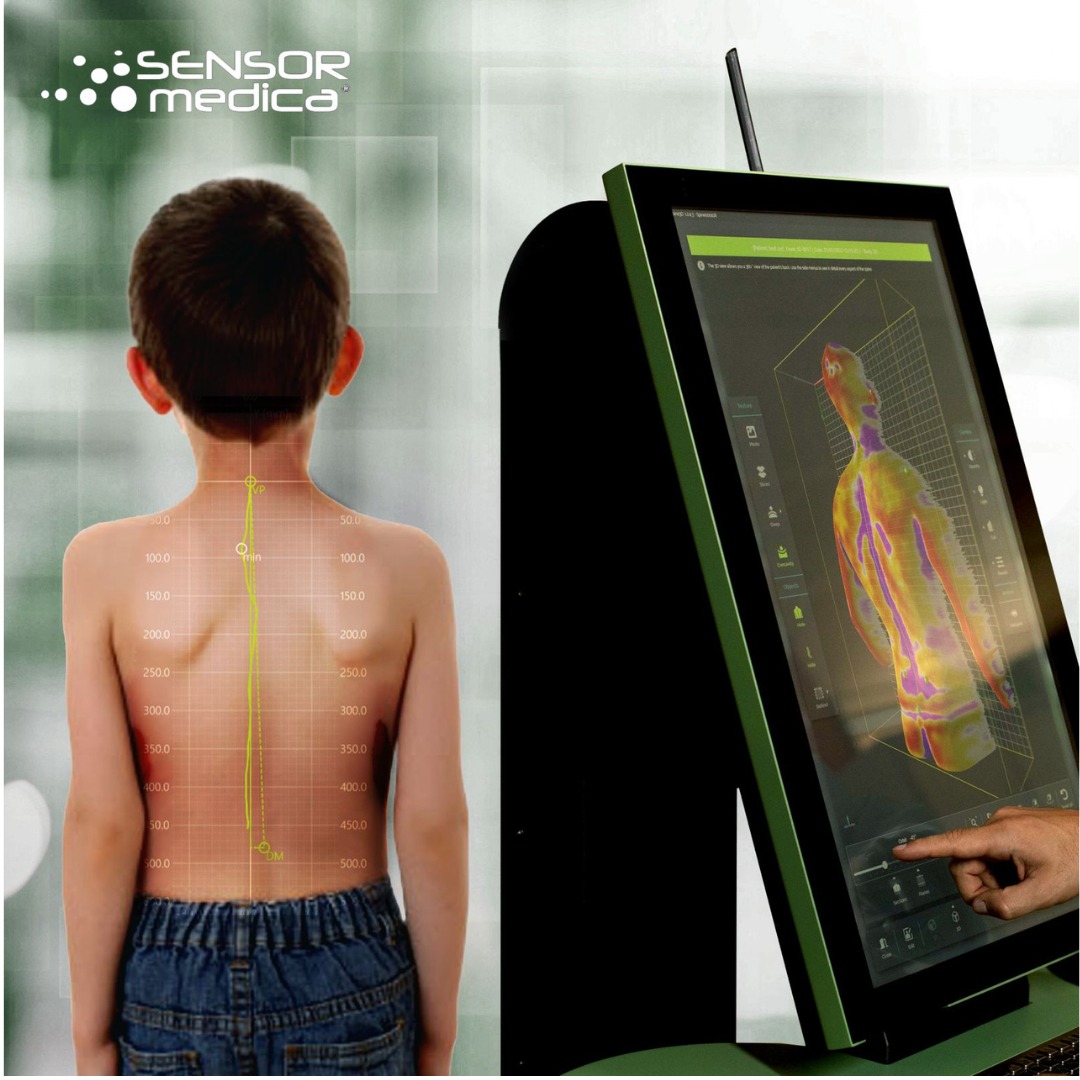
Cervicobrachialgy: what it is and how to recognise its symptoms.
- admin
- December 7, 2023
- Causes
- Algy, cervicobrachialgy, Shoulder
- 0 Comments
In this and the next articles, we will take a closer look at what cervicobrachialgy is, what causes it, its symptoms, related issues and what we can do about it.
When we talk about cervicobrachialgy, we are referring to a medical condition characterised by pain in the neck, shoulder and upper limbs, the cause of which is very often neurological, closely connected with cervical radiculopathy and thoracic stricture syndrome. In addition to pain, cervicobrachialgy sufferers may also experience an unpleasant tingling sensation along the arm along with muscle weakness and stiffness. To accurately diagnose cervicobrachialgy, the steps are as follows: anamnesis, target examination, specialist examinations and instrumental imaging tests.
Cervicobrachialgy: what is it?
The common term cervicobrachialgy is very often replaced, by doctors, with the expression cervicobrachial syndrome, because in addition to the more common aspects related to pain (pain affecting, as already mentioned, the neck, shoulder and the entire arm down to the hand), cervicobrachialgy is easily associated with other symptoms (not necessarily related to the presence of pain).
So when we talk about cervicobrachialgy we are commonly referring to a series of disorders (of which pain is one of the elements) that affect that section of our body that goes from the neck to the arm.
The word itself, which is far too complex, when analysed in detail easily explains the meaning: ‘cervico‘ refers to the cervical portion of the spine, while ‘brachi‘ (a term derived from ‘brachial’) refers to the arm. The word ‘Algy‘, directly from the Greek, means ‘pain’.

Very often, when doctors speak of cervicobrachialgy they refer to widespread pain in a specific area (neck-shoulder-arm), whereas when they refer to the same problems, but implying neurological problems, they are more likely to speak of cervicobrachialgy neuralgia.
How widespread is cervicobrachialgy?
Although it is all too often referred to as cervical pain (pain limited to the cervical area), recent statistics have verified that cervicobrachialgy is far more widespread and mostly affects adults. Mostly those people who, due to work requirements, perform manual actions and are called upon to continuously repeat certain gestures (at the computer, moving objects, etc.).
Causes of cervicobrachialgy
It is not always easy to trace a specific cause when talking about cervicobrachialgy, but we can certainly attribute the most frequent occurrences to two particular conditions: we are talking about cervical radiculopathy and thoracic egress syndrome, which, in a completely different way, cause cervicobrachialgy through a mechanism of nerve compression.
We will continue to delve into the issues of cervicobrachialgy in the coming days, with new in-depth articles.






